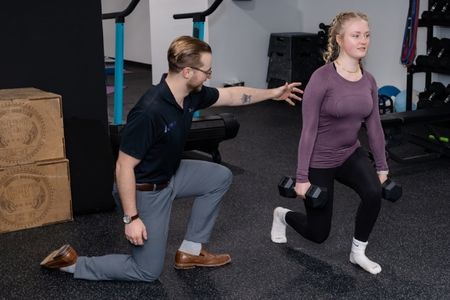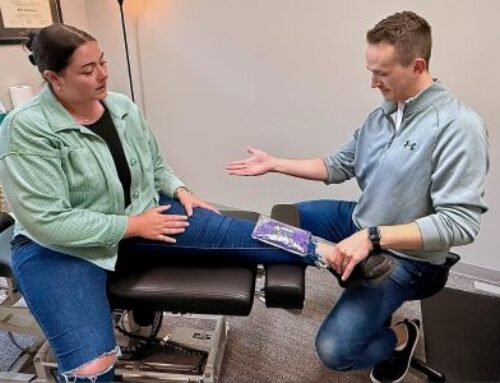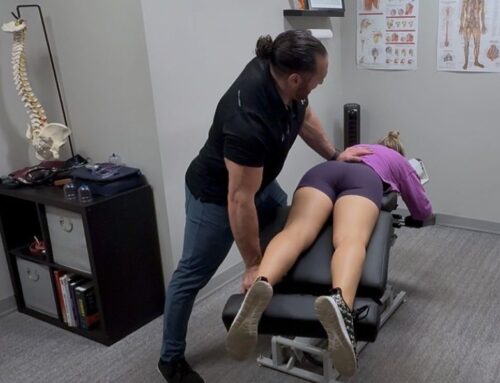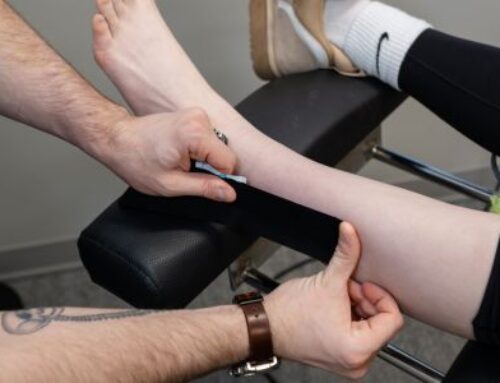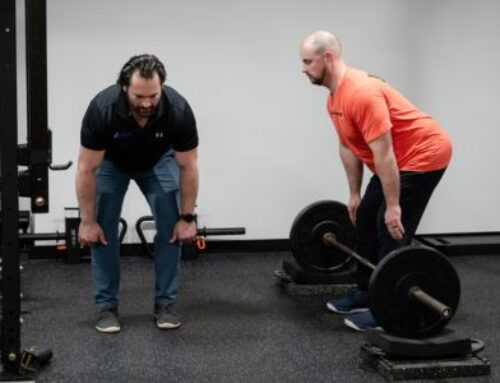For dancers, precision and control are essential. But behind graceful movement lies intense strain—especially on the knees. One issue we frequently treat in the dance community is knee subluxation in dancers. It often feels like the kneecap suddenly pops out of place, then snaps back into position.
This “self-correcting” sensation might seem harmless, but it’s actually a warning sign of joint instability. Left untreated, it can lead to long-term damage and recurring injuries.
What Is a Knee Subluxation?
A knee subluxation is a partial dislocation, most often involving the patella (kneecap). The kneecap slips out of its groove briefly before realigning on its own. This can cause a sudden “pop,” giving way, or momentary instability.
In dancers, these events are typically caused by:
- Ligament laxity from hypermobility
- Muscle imbalances around the hip and knee
- Repetitive motion and high-impact landings
- Excessive turnout and joint stress
Although pain might be minimal, the effects are cumulative. That’s why knee subluxation in dancers should never be ignored.
Why Dancers Are at Higher Risk
Dance requires a unique combination of flexibility, speed, and control. These demands place uneven stress on the knees—especially when movement patterns become repetitive or compensatory.
Common contributors include:
- Weak glute or core activation
- Overactive quads or tight IT bands
- Joint restrictions in the pelvis or lower spine
- History of knee injuries or instability
When joint restrictions reduce mobility or cause altered loading through the leg, the knee becomes more vulnerable to improper tracking and slippage.
How Chiropractic Care Can Help
Chiropractic treatment plays a key role in managing knee subluxation in dancers by addressing the underlying mechanical contributors—not just the symptoms. Here’s how:
1. Restoring Joint Motion
Joint restrictions in the pelvis, hips, and lumbar spine can affect how the knee moves and absorbs force. Chiropractic adjustments help restore normal joint motion, improving how the body distributes stress during movement.
2. Soft Tissue Therapy
Tight muscles—especially in the quads, IT band, and hip rotators—can pull unevenly on the kneecap. Soft tissue techniques like myofascial release, cupping, and instrument-assisted mobilization help reduce tension and restore balance.
3. Targeted Rehabilitation
Rehab is essential to prevent recurrence. We use personalized exercises to:
- Strengthen the glutes, hamstrings, and deep core
- Improve proprioception and knee stability
- Retrain proper movement patterns for dance-specific demands
These exercises may include single-leg balance work, banded glute activation, and dynamic stability drills tailored to each dancer.
Early Intervention Matters
A “popping” knee may not hurt today—but it signals instability that could worsen with time. The good news? With early care, dancers often recover fully and return to movement with more control and resilience than before.
Chiropractic care, when combined with soft tissue work and functional rehab, helps correct faulty movement patterns, reduce joint restrictions, and protect the knee from future injury.
Book with a Chiropractor Who Understands Dancers
If you’re experiencing a knee subluxation as a dancer, you don’t have to navigate it alone. As a chiropractor with a lifelong background in the dance industry, I understand the demands dancers face—and how to support them through recovery and performance. Schedule your appointment today
Let’s get you back on stage with confidence, strength, and stability.

